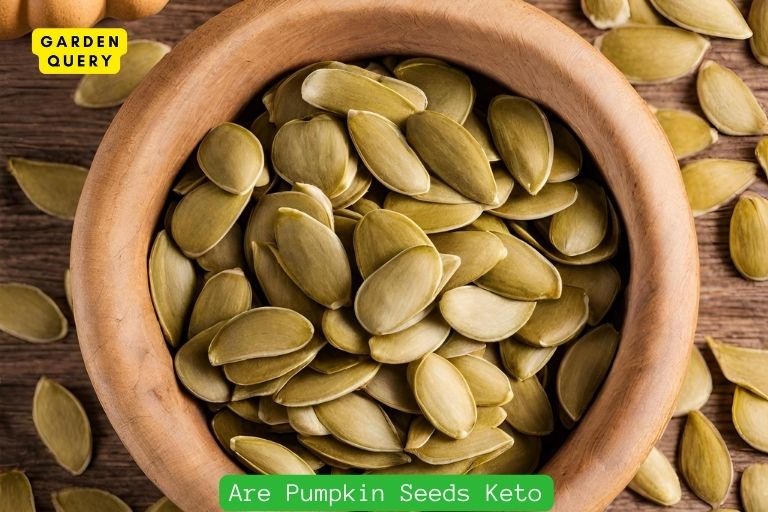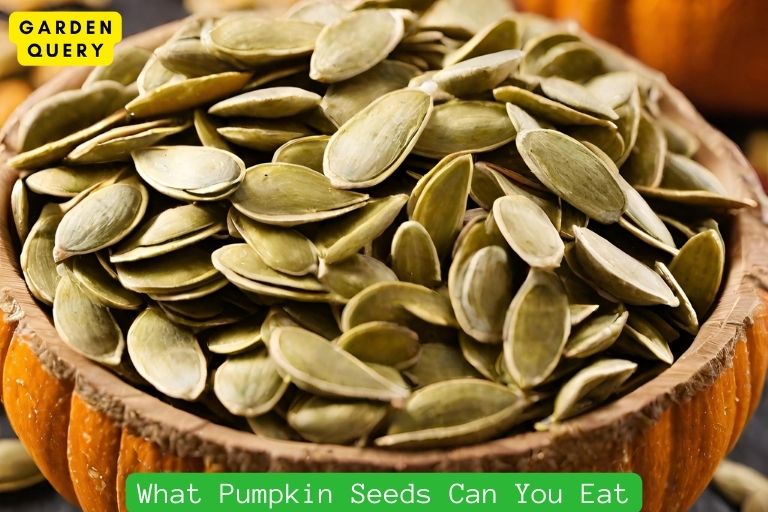How Long Should Pumpkin Pie Cool?
Proper Cooling for Pumpkin Pie
Pumpkin pie is a classic dessert that is enjoyed by many during the holiday season. Whether you are baking a homemade pumpkin pie or purchasing one from a bakery, proper cooling is essential to ensure that the pie sets correctly and tastes delicious. So, how long should pumpkin pie cool? Let’s dive in and explore the reasons why cooling is important and the effects of improper cooling on the texture and taste of the pie.
Reasons why cooling pumpkin pie is essential
Cooling allows the pumpkin pie to set: When you remove the pumpkin pie from the oven, it will still be slightly jiggly in the center. This is because the custard needs time to set and firm up. Cooling the pie at room temperature allows the custard to thicken and solidify, ensuring a smooth and velvety texture when it is served.

Prevents steam from building up: As the pumpkin pie cools, any excess moisture or steam trapped inside the pie will be released. This prevents the pie from becoming watery or soggy, which can happen if the pie is cut too soon after baking.
Enhances the flavors: Allowing the pumpkin pie to cool gives the flavors a chance to meld together. The cooling process allows the spices and other ingredients to infuse the custard, resulting in a more flavorful and well-balanced pie.
Effects of improper cooling on the texture and taste
Runny texture: If you cut into a pumpkin pie that hasn’t been properly cooled, you may find that the custard is runny and not fully set. This can be disappointing and make it difficult to serve the pie in neat slices. It’s best to exercise patience and allow the pie to cool completely before cutting into it.
Soggy crust: Improper cooling can also lead to a soggy pie crust. When the steam is not properly released, it can condense on the crust, making it moist and less crispy. By allowing the pie to cool fully, you can enjoy a flaky and delicious crust that provides the perfect contrast to the creamy custard filling.
Uneven flavors: Rushing the cooling process can result in uneven flavors throughout the pie. The spices may not have had enough time to fully develop and blend together, leading to an underwhelming taste experience.
In conclusion, proper cooling is crucial for pumpkin pie to set correctly, release excess moisture, and enhance the flavors. It ensures a smooth and velvety texture, a crispy crust, and a well-balanced taste. So, how long should pumpkin pie cool? Allow the pie to cool at room temperature for at least two hours before serving. Patience is key to achieving the best results and enjoying a delicious slice of pumpkin pie.
Ideal Cooling Time for Pumpkin Pie
Recommended cooling time for pumpkin pie
The delightful aroma of a freshly baked pumpkin pie fills the air, and now comes the crucial step: allowing it to cool properly. But how long should you let your pumpkin pie cool before indulging in a slice? The recommended cooling time for pumpkin pie is approximately two hours at room temperature.
During this cooling period, the custard filling sets and solidifies, allowing for a smoother and more enjoyable eating experience. Cutting into a pumpkin pie too soon can result in a runny filling that hasn’t had enough time to fully set.
Factors that can affect the cooling time
Several factors can influence how long it takes for your pumpkin pie to cool properly. Here are a few to consider:
- Pie size and depth: The size and depth of your pie can impact the cooling time. A deep-dish pie will take longer to cool than a shallow one due to the increased volume of filling.
- Oven temperature: If the temperature of your oven is too high, it can cause the pie to set unevenly or develop a cracked surface. A lower oven temperature ensures a more even and controlled cooling process.
- Room temperature: The ambient temperature of the room can affect the cooling time of your pumpkin pie. A cooler room will expedite the process, while a warmer room may prolong it.
- Crust thickness: The thickness of your pie crust can also influence the cooling time. Thicker crusts may retain more heat, requiring additional time to cool.
To ensure the best results, it is recommended to place your pumpkin pie on a wire rack to cool. This allows air to circulate around the pie and prevents moisture buildup. Avoid placing the pie in the refrigerator immediately after baking, as this can cause condensation and make the crust soggy.
By following the recommended cooling time for pumpkin pie and considering the factors that can affect it, you can achieve a perfectly set and deliciously enjoyable dessert. So, exercise a little patience and resist the temptation to dive in too soon. Your taste buds will thank you!
Tips for Cooling Pumpkin Pie
When it comes to baking a delicious pumpkin pie, one important step is to properly cool it before serving. This allows the filling to set and prevents the pie from becoming runny or falling apart. But how long should you cool a pumpkin pie? Let’s explore some best practices and methods to speed up the cooling process.
Best practices for cooling pumpkin pie
- Follow the recipe guidelines: Most pumpkin pie recipes will provide instructions on how long to cool the pie. It’s important to follow these guidelines to ensure the pie sets properly and achieves the right consistency.
- Cool at room temperature: Pumpkin pie is best cooled at room temperature. Avoid placing it in the refrigerator immediately after baking, as this can cause the filling to become watery. Allow the pie to cool on a wire rack for at least 2 hours before refrigerating or serving.
- Avoid direct airflow: When cooling the pie, make sure to place it away from direct airflow, such as a fan or air conditioning vent. Direct airflow can cause the pie to cool too quickly and may result in a soggy crust.
- Be patient: Although it can be tempting to dive into a freshly baked pumpkin pie, it’s important to be patient and allow it to cool completely. This typically takes around 2 to 3 hours at room temperature.
Methods to speed up the cooling process
- Place in the refrigerator: If you’re short on time, you can place the pumpkin pie in the refrigerator to speed up the cooling process. However, it’s important to note that this may result in a slightly softer texture compared to allowing it to cool at room temperature.
- Use a cold water bath: To cool the pie more quickly, you can create a cold water bath. Fill a sink or large basin with cold water and place the pie (in its baking dish) in the water. Make sure the water level is below the rim of the pie dish. Stir the water gently to create a cooling effect. Check the pie regularly and remove it from the water bath once it has cooled to the desired temperature.
Remember, it’s crucial to let the pumpkin pie cool properly to achieve the best taste and texture. Rushing the cooling process can result in a less enjoyable culinary experience. By following these best practices and methods, you can ensure that your pumpkin pie is cooled to perfection and ready to be enjoyed by all.
Testing the Readiness of Pumpkin Pie for Cooling
As the smell of warm spices fills the air and the holiday season approaches, many people eagerly anticipate indulging in a slice of freshly baked pumpkin pie. But how long should you let that delectable pie cool before satisfying your taste buds? The answer lies in properly testing its readiness.
Signs that indicate pumpkin pie is ready to cool
One of the most reliable ways to determine if a pumpkin pie is ready to cool is by conducting the “jiggle test.” Gently give the pie a nudge by lightly tapping the edge of the pie pan with a spoon. If the center of the pie jiggles slightly and the outer edge is firm, then it is a clear indication that the pie is ready for its next step.
Another helpful sign to look out for is the crust’s appearance. When the crust has turned a beautiful golden brown and has pulled away slightly from the pan, it suggests that the pie has baked to perfection. This shows that the filling has settled and it’s time to let the pie rest and cool down.
Common mistakes to avoid when testing readiness
While testing the readiness of pumpkin pie, it’s crucial to avoid a few common mistakes that could lead to undesired outcomes:
- Don’t solely rely on the baking time: Although recipes often provide a suggested baking time, it’s important to remember that ovens can vary in temperature, and factors like altitude can affect the baking process. Therefore, using the suggested time as a general guideline and performing the jiggle test is the best approach.
- Avoid cutting into the pie too soon: It can be tempting to grab a knife and cut into the pie immediately after it comes out of the oven, but this can cause the filling to ooze out and spoil the presentation. Patience is key to allowing the pie to set and cool.
- Be cautious of overbaking: Leaving the pie in the oven for too long can result in a dry and cracked filling. Keep a close eye on the pie during the baking process to avoid this pitfall.
Once the pumpkin pie has passed the jiggle test and exhibits a perfectly baked crust, it’s time to transfer it to a cooling rack. Allowing the pie to cool at room temperature for about two hours ensures that the flavors meld together and the filling sets properly.
In conclusion, testing the readiness of a pumpkin pie before cooling is essential to achieve the perfect texture and flavor. By performing the jiggle test and ensuring the crust has browned and pulled away slightly from the pan, you can confidently let the pie cool. Remember to avoid common mistakes such as relying solely on baking time, cutting into the pie too soon, or overbaking. With these guidelines, you’ll be able to enjoy a slice of pumpkin pie that is both visually appealing and wonderfully delicious.
Serving Pumpkin Pie at the Right Temperature
The optimal temperature for serving pumpkin pie
Pumpkin pie is a delicious and traditional dessert enjoyed by many during the fall season. One common question that often arises is how long should you let your pumpkin pie cool before serving it? The answer depends on the optimal temperature for enjoying this delectable treat.
The ideal temperature for serving pumpkin pie is when it has completely cooled to room temperature. This allows the flavors to fully develop and the filling to set properly. While it may be tempting to dig in immediately, giving the pie time to cool ensures that you will enjoy the best possible taste and texture.
Quick tip: If you’re in a hurry, you can place the pie in the refrigerator to speed up the cooling process. Just be sure to cover it with a tent of aluminum foil or plastic wrap to prevent it from drying out.
Tips for maintaining the desired temperature
To ensure that your pumpkin pie stays at the desired temperature, here are some tips:
- Plan ahead: If you’re serving the pie for a special occasion or meal, make sure to factor in enough time for it to cool. This may mean baking the pie a day in advance or starting the baking process early in the day.
- Use a cooling rack: Placing your pumpkin pie on a cooling rack allows air to circulate around the pie, helping it cool down more quickly and evenly. This can help prevent the crust from becoming soggy.
- Avoid direct heat: It’s important to allow the pie to cool naturally and not try to speed up the process by placing it near a heat source. This can cause the crust to become overly moist or even start to melt.
- Cover the pie: After the pie has cooled to room temperature, it’s a good idea to cover it loosely with aluminum foil or plastic wrap to protect it from drying out. This will help maintain its freshness until you’re ready to serve.
Remember, the cooling process is essential for the overall enjoyment of your pumpkin pie. While it may require a bit of patience, the end result will be a perfectly set filling and a delicious dessert that you and your guests will savor.
In conclusion, letting your pumpkin pie cool to room temperature is essential for the best taste and texture. Set aside enough time for it to reach the optimal temperature before serving, and use the tips mentioned above to help maintain the desired temperature. With these guidelines in mind, you can confidently serve a delightful pumpkin pie that will be a hit at any gathering or celebration.
- Best Therapists In Dallas - February 1, 2024
- Holly Willoughby Husband: Holly Willoughby’s Love Story - January 30, 2024
- Holly Willoughby Dress: 5 Style Secrets and 7 Must-Know Career Milestones - January 30, 2024





